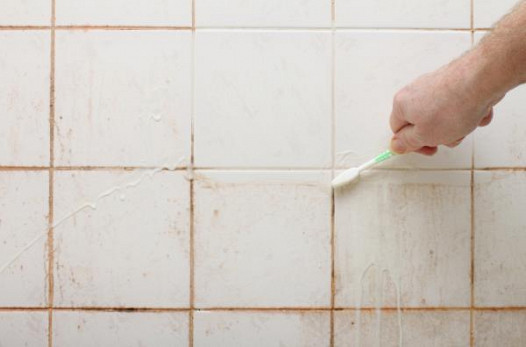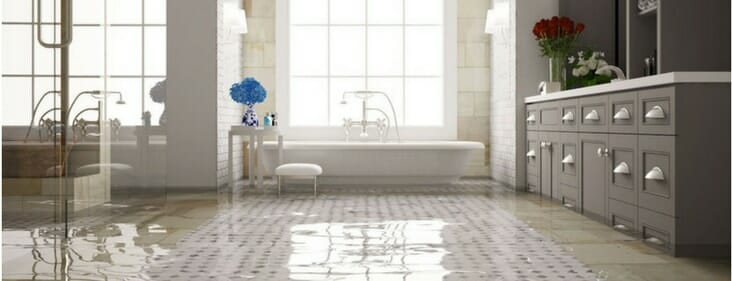Bathroom Water Damage - Ways To Stop This Happening
Bathroom Water Damage - Ways To Stop This Happening
Blog Article
The article author is making several good pointers on the subject of How to Fix a Water Damage Bathroom as a whole in this post below.

The bathroom is very prone for damp accumulation and possible water damages because of the regular use of water in it. This article supplies straightforward assessment methods to help detecting water damages dangers.
The regular use of water in the bathroom makes it exceptionally prone for moist accumulation and also prospective water damage. By inspecting it consistently, you can minimize water associated problems.
The adhering to set of inspections is very easy to do and need to be done when in every three months in order to maintain your shower room in good shape and also to avoid potential water problems caused by the bath tub, the shower, pipeline joints and plumbing, sinks, closets, and the commode
Do not disregard carrying out these inspections as well as be extensive while performing them. Keep in mind that these basic evaluations can save you a great deal of money by providing very early indications for water damages
Tub and Shower
The shower and also tub require unique interest and upkeep. Inspect the tiles and also replace if fractured. Make certain that there is no missing cement between the tiles. Check and change broken caulking at joints where the walls satisfy the floor or the bathtub. Obstructed drains and also pipes problems will certainly prevent the bath tub from drying and also may show major troubles beneath the tub. Consult with an expert quickly to prevent architectural damage. Pay attention to stainings or soft areas around the tub walls as they may show an interior leakage.
Plumbing
Signs for water damage are difficult to detect considering that most pipes are mounted inside the walls.
Pay special focus to floor covering and wall surfaces dampness as well as discolorations as they may suggest an unseen plumbing problem. Inspect moisture levels in adjacent areas also.
Sinks and also Cabinets
Sinks and cupboards are revealed to moisture and humidity everyday and also are frequently ignored. Evaluate routinely under the sink as well as on the kitchen counter above it. Repair any kind of drip in the catch as it may suggest drainpipe troubles. Look around the sink, sluggish draining pipelines might indicate a blocked drain. Change sink seals if they are fractured or loose.
The Commode
The toilet is a susceptible water joint. Inspect the water lines and also look for leakages around the commode seat, in the pipe, as well as under the water container. If you find any kind of indicators of dampness on the flooring around the commode, look for leakages in the toilet edge and also container seals.
Realize that hanging commode dish antiperspirants raises the opportunities for obstructions.
Water Damage Signs In The Bathroom To Avoid Cleanup
Musty smell
This is one of the easiest signs to catch because musty smells are so odorous. The damp, earthy, moldy smell should be a big red flag. The smell will develop when moisture gets trapped in surfaces, and begins to facilitate mold growth. Leaking pipes under cabinets, inside walls, and behind shower fixtures will cause moisture to stay trapped and not dry, which will lead to mold growth and spread. As soon as you notice any musty smells in your bathroom, have it checked for hidden water damage and cleanup signs.
Visible mold
If the smell isn’t there to give it away, sometimes you will actually see mold growth. Finding mold in your bathroom is a serious problem, because mold is very harmful to your health. By the time mold growth is visible, it also means that water damage has already occurred and been present for some time. The only way the mold problem can be resolved is to find the source of the moisture and get it stopped. To safely and adequately remove mold, you need to have professionals handle the remediation. Do not waste any time in getting mold problems addressed, fixed, and sanitized so that you can protect you and your family from the many respiratory symptoms caused by mold exposure.
Damaged floors
Bathroom floors should be able to withstand some exposure to water while still remaining in good condition. However, when excess exposure or water leaks occur, they will begin to damage even the most water-resistant flooring. If you notice any cracking, bubbling, staining, or warping on your bathroom floors, there is probably a water leak somewhere causing the distortion. If you notice areas of the floor have become softer, or even have a spongy feeling, there is probably damage to the subfloor. Subflooring is typically made up of plywood. When plywood is exposed to water or moisture, it will absorb it. Once it has become saturated, the weight of the excess water will cause the wood to swell and soften. Check the floors in your bathroom frequently to catch any of these sings before they lead to damaged subflooring.
Changes on walls
When water leaks behind walls, it will cause changes in the drywall. Peeling plaster, blistering paint, and soggy wallpaper are all good indicators that excess water is building up behind the wall. Water leaking behind drywall will cause it to swell and be soft to the tough. If you start to notice gaps along the trim of your walls, or where tile meets the wall, it could also be a strong indicator that there is a leak behind the wall. Any changes, distortion, or damage on the walls should be evaluated as soon as you notice it to prevent further water damage and cleanup.

I hope you enjoyed reading our topic about How to Repair and Prevent Bathroom Water Damage. Thanks so much for taking a few minutes to read our piece of content. So long as you liked our page please make sure you remember to pass it around. We take joy in reading our article about How to Prevent Bathroom Water Damage.
Show Details Report this page